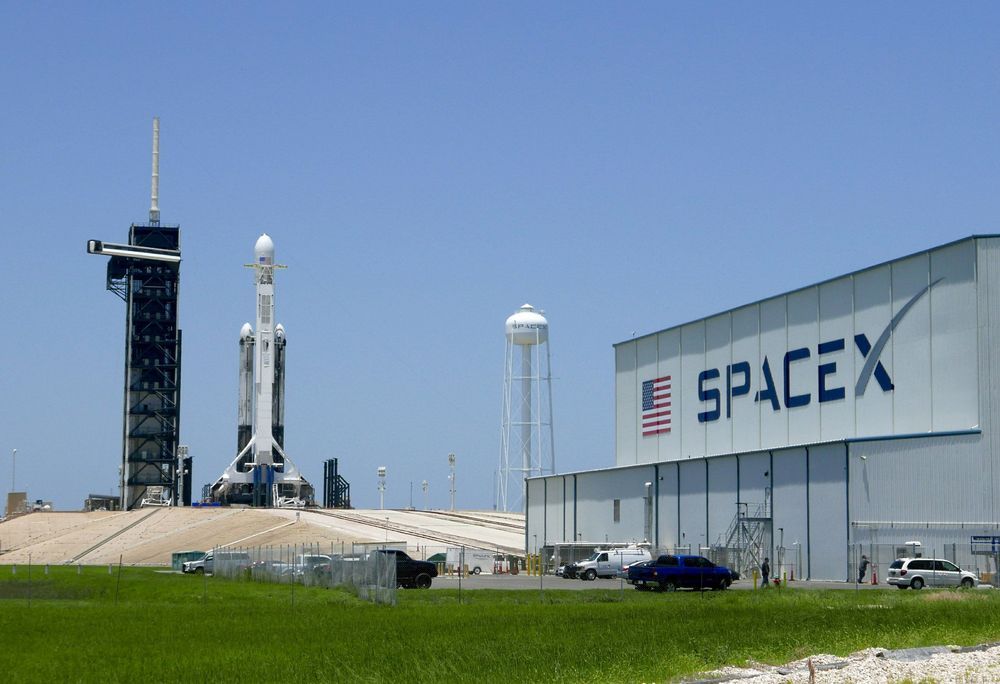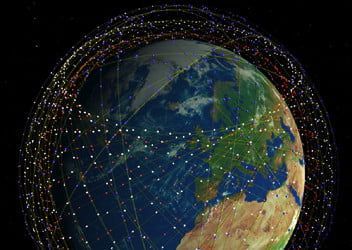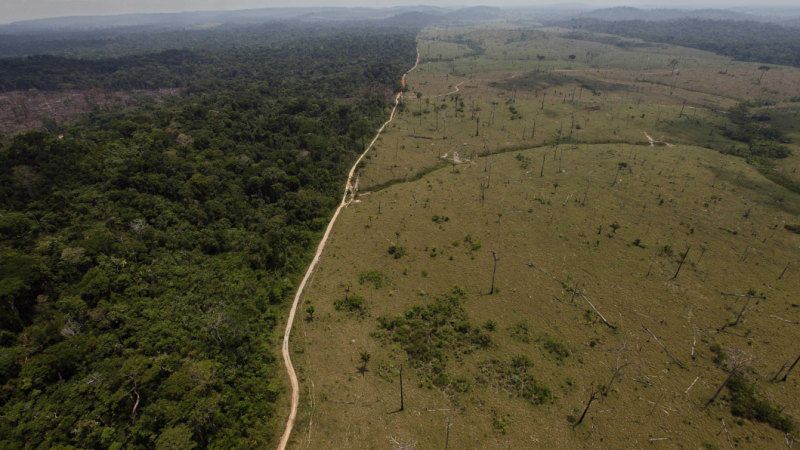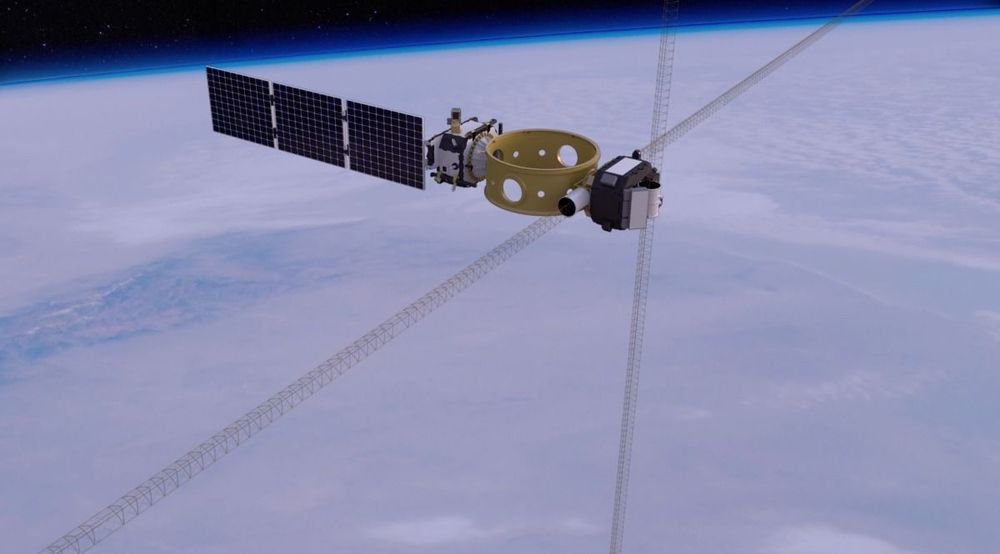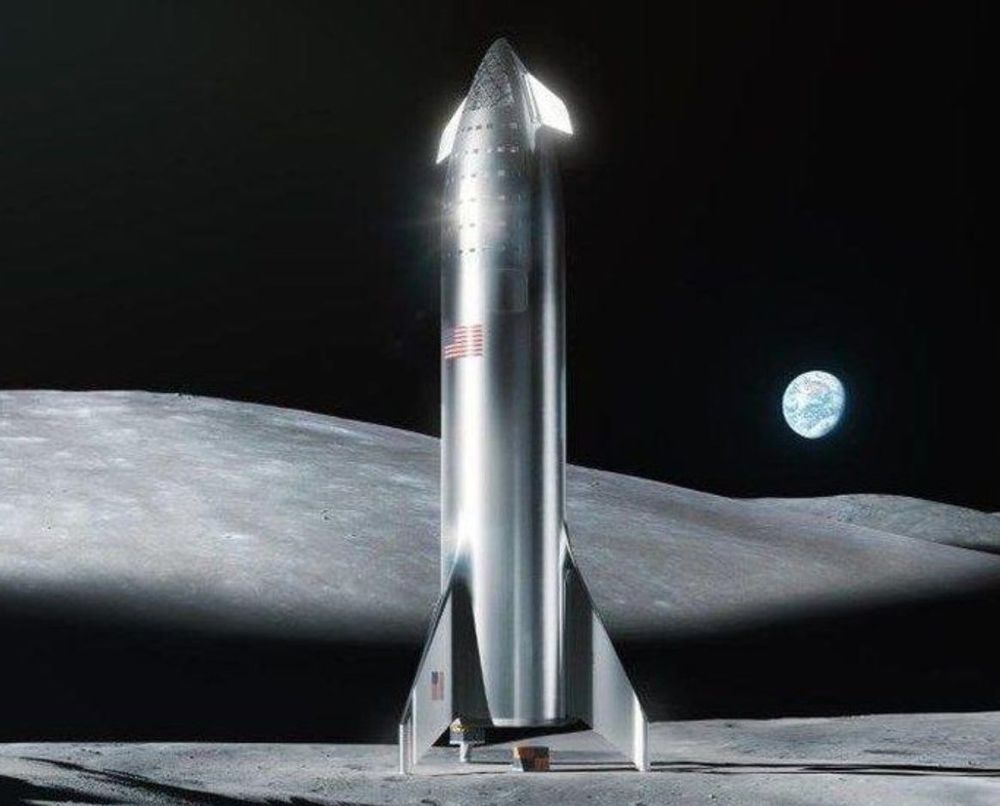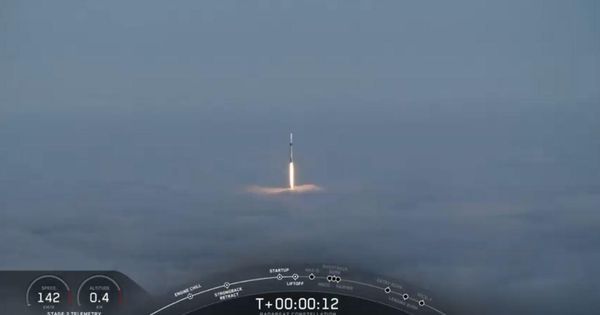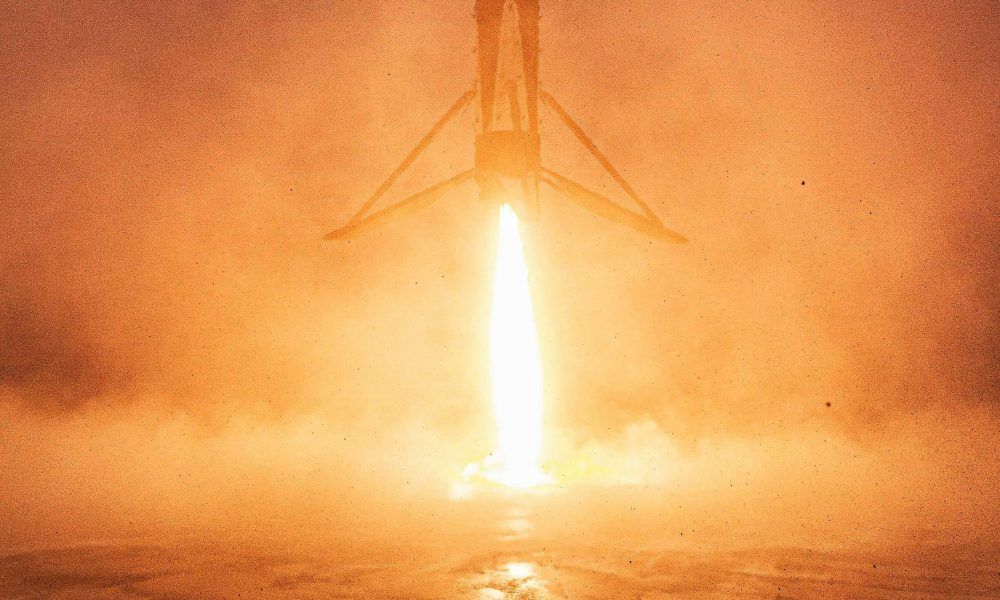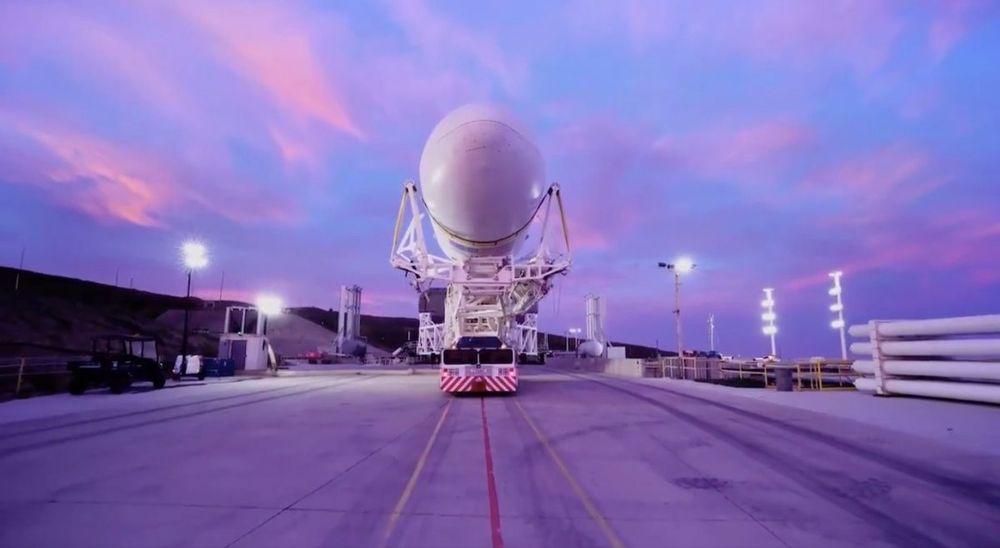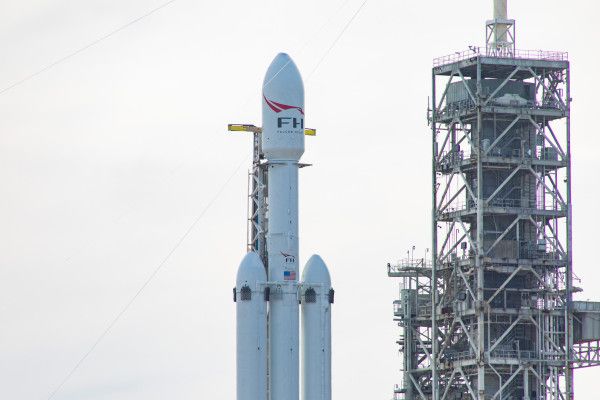CAPE CANAVERAL, Fla. (AP) — SpaceX launched its heftiest rocket with 24 research satellites Tuesday, a middle-of-the-night rideshare featuring a deep space atomic clock, solar sail, a clean and green rocket fuel testbed, and even human ashes.
It was the third flight of a Falcon Heavy rocket, but the first ordered up by the military.
The Defense Department mission, dubbed STP-2 for Space Test Program, is expected to provide data to certify the Falcon Heavy — and reused boosters — for future national security launches. It marked the military’s first ride on a recycled rocket.
